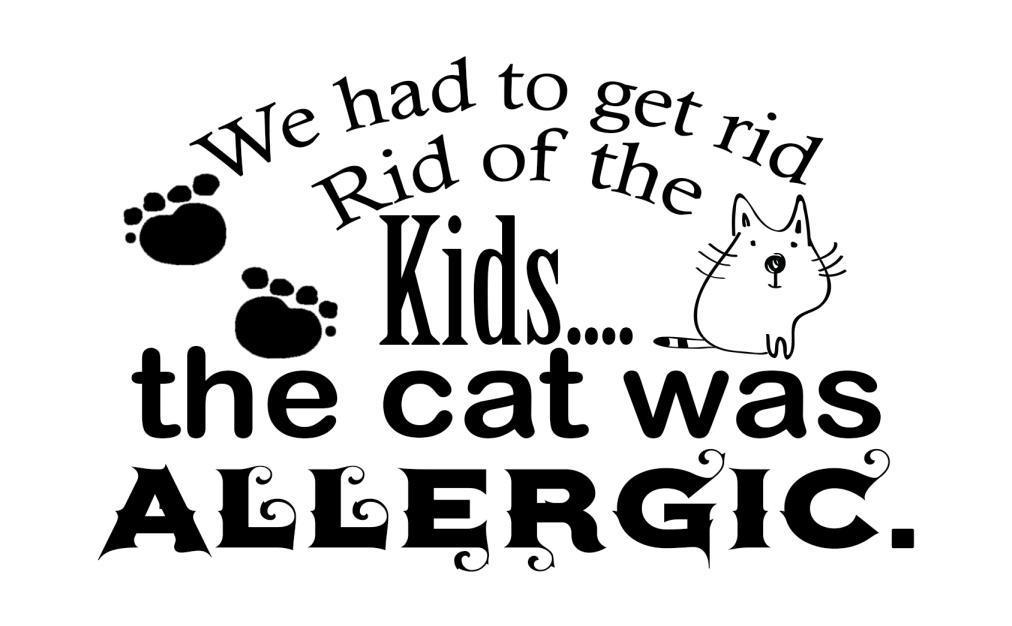
Canine and Feline Allergies
Allergies are the most common cause of itching in both dogs and cats aside from fleas/ticks.
DOGS
- Most common signs of allergies include itching and recurrent skin/ear infections

- Dogs relieve itching by licking, chewing, scooting, rubbing, or scratching.
- Infections are typically yeast and/or bacterial infections of the skin and ears.
- Common problem areas for a pup with allergies include: the feet, armpits, abdomen, chest, under the neck, and around the tail/rectal area
- The skin in the areas may have an odor, be red and irritated, hot to the touch, greasy, and very itchy.
- With long term issues, the skin becomes darker and thicker. The hair may be missing or shorter due to infections and chewing.
- Other signs of allergies can be red rimmed eyes, sneezing, eye/nasal discharge, and sneezing.
CATS
- The main symptom of allergies in cats is itching.

- Cats will scratch, bite their skin, pull out hair, and overgroom to help relieve itch.
- Cats with allergies get skin and ear infections much less often than dogs do, but they certainly occur.
- Cats most often make bald patches on themselves, usually the lower abdomen is the worst area, and with progression, raw areas are created with the cat’s raspy tongue.
- Cats often will scratch at the head with the hind leg and create scabs around the eyes and ears.
Common Causes of Allergies
- The two main causes of allergies are environmental and food.
FOOD
- If the allergy symptoms start at younger than 1 year of age, the symptoms are year round, or there are any gastrointestinal signs like vomiting, loose stools, or having more than 2 bowel movements per day food allergies are more likely.
- Most pets with allergies don’t have food allergies, only about 5-10% of dogs and perhaps 30% of cats do.
- Most common food allergy is to chicken
ENVIRONMENTAL
- Environmental allergies are reactions to pollens, dust, and molds
- Environmental allergies may be seasonal with outdoor allergies, or year round with indoor allergies.
- Most pets have a combination of indoor and outdoor allergies.
Diagnosis and Treatment of Allergies
What your pet is allergic to can be determined through allergy testing
- A report will be generated that has a list of environmental as well as food components your pet’s test sample reacted to so you know what sorts of things will cause the allergy symptoms
Food allergies can be diagnosed by starting an elimination diet trial to try and pinpoint what ingredients or proteins your pet is allergic to
Treatment for allergies can vary based on your pets symptoms, your veterinarian will recommend the treatment they deem most effective to give your fur baby relief. Common allergy treatments include:
- Benadryl(diphenhydramine)
- Antihistamines
- Apoquel tablets
- Various steroid treatment
- Cytopoint Injections
- Allergy specific shots can be ordered through the allergy testing company as well
